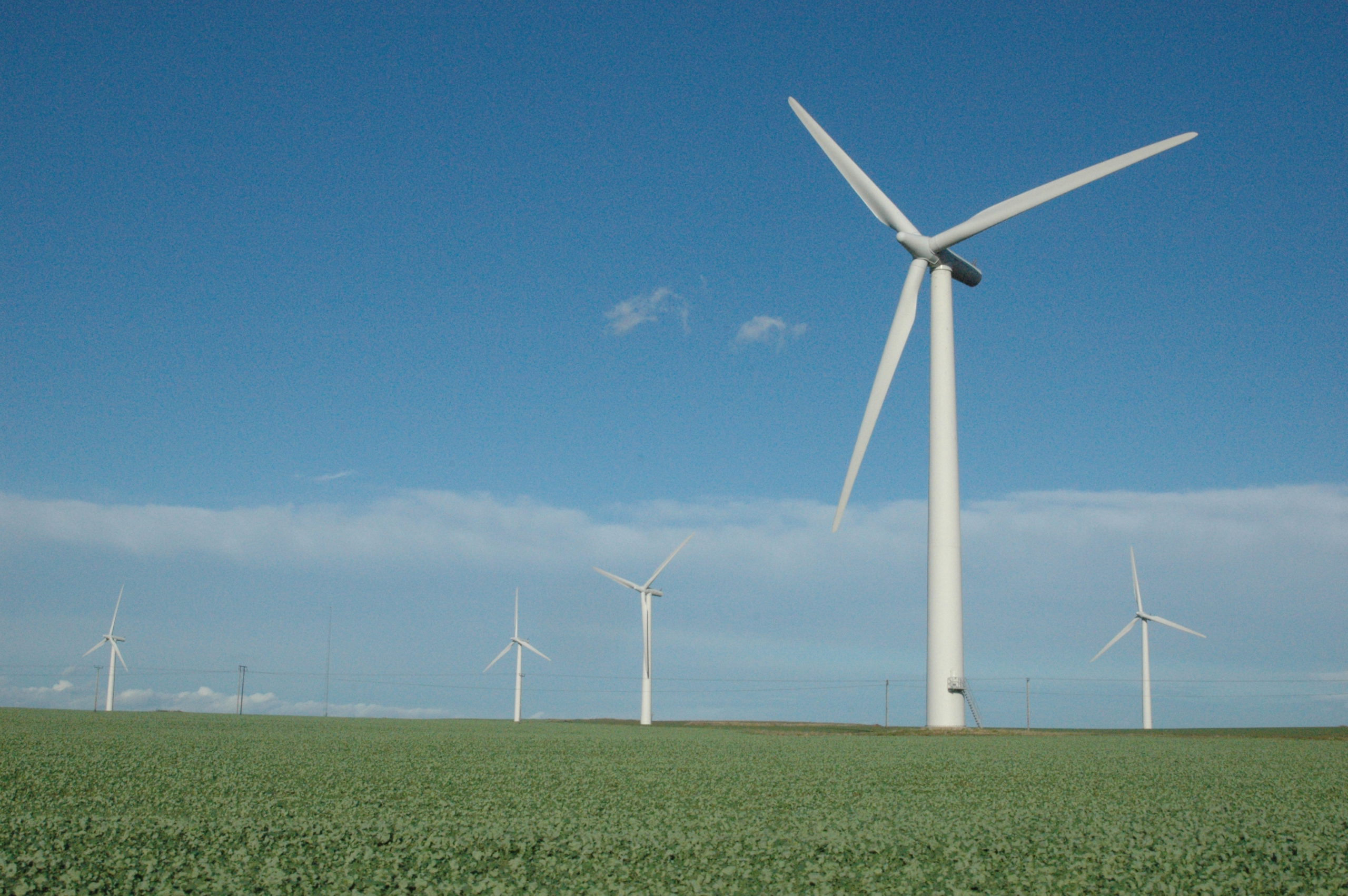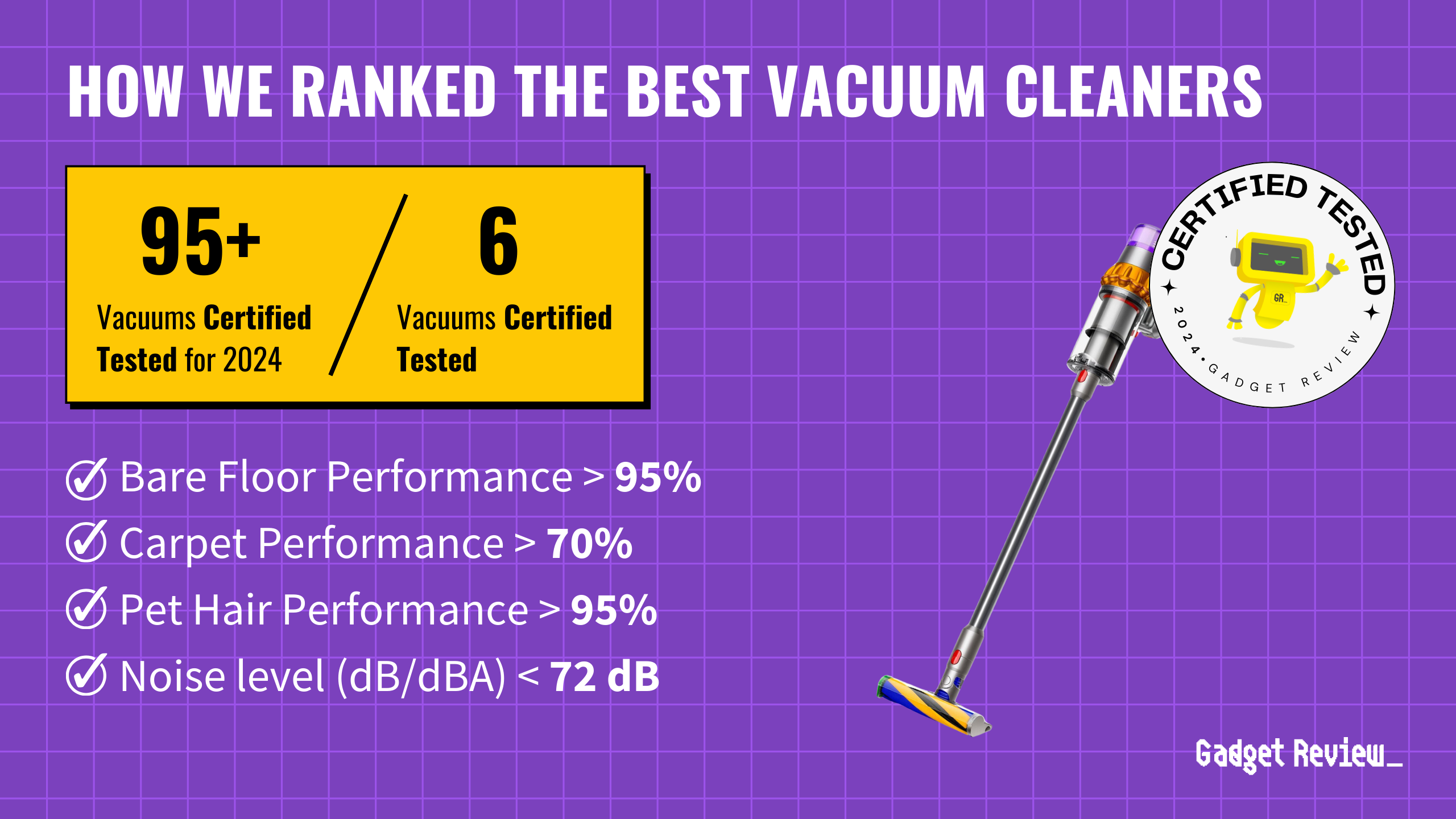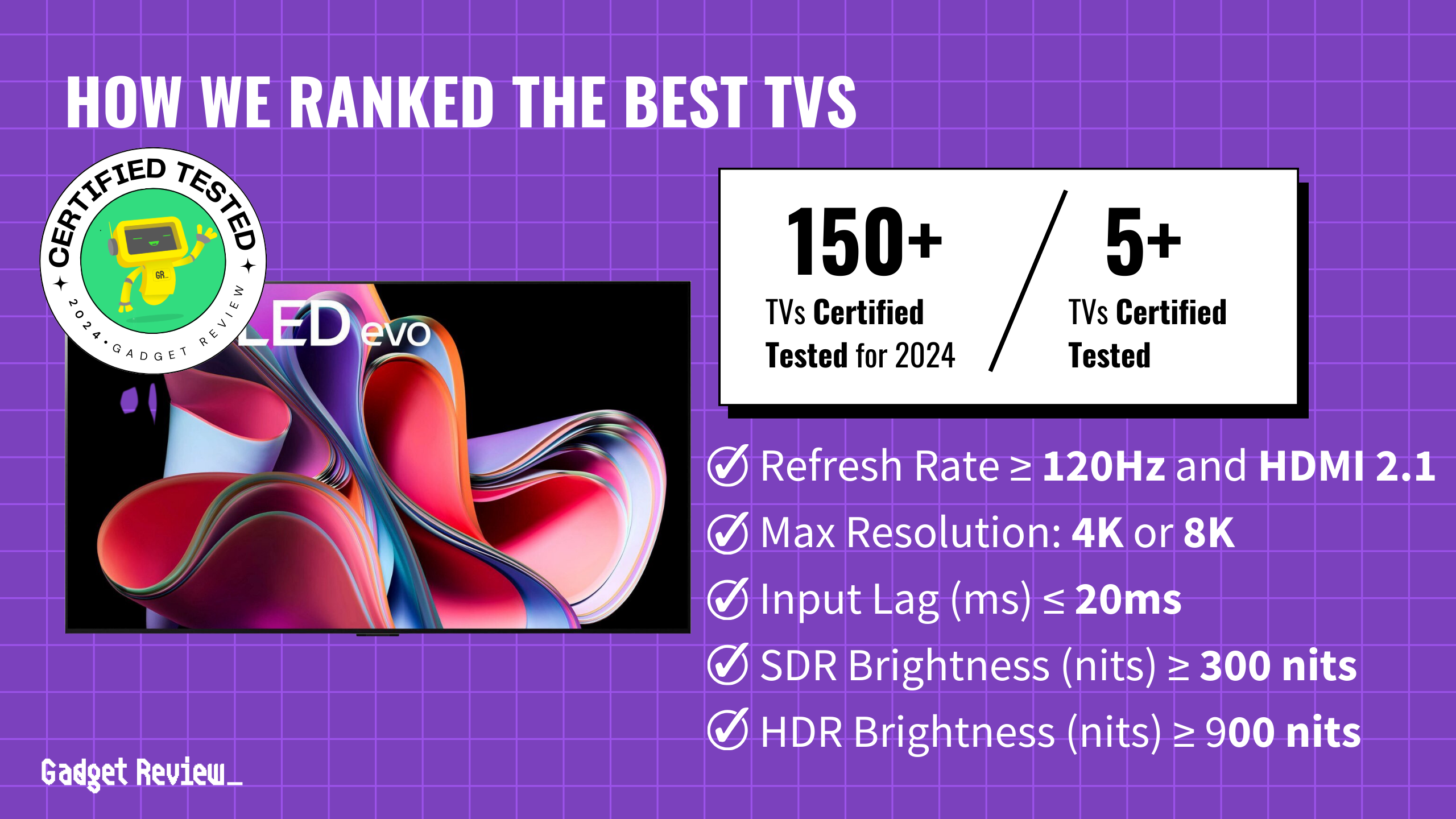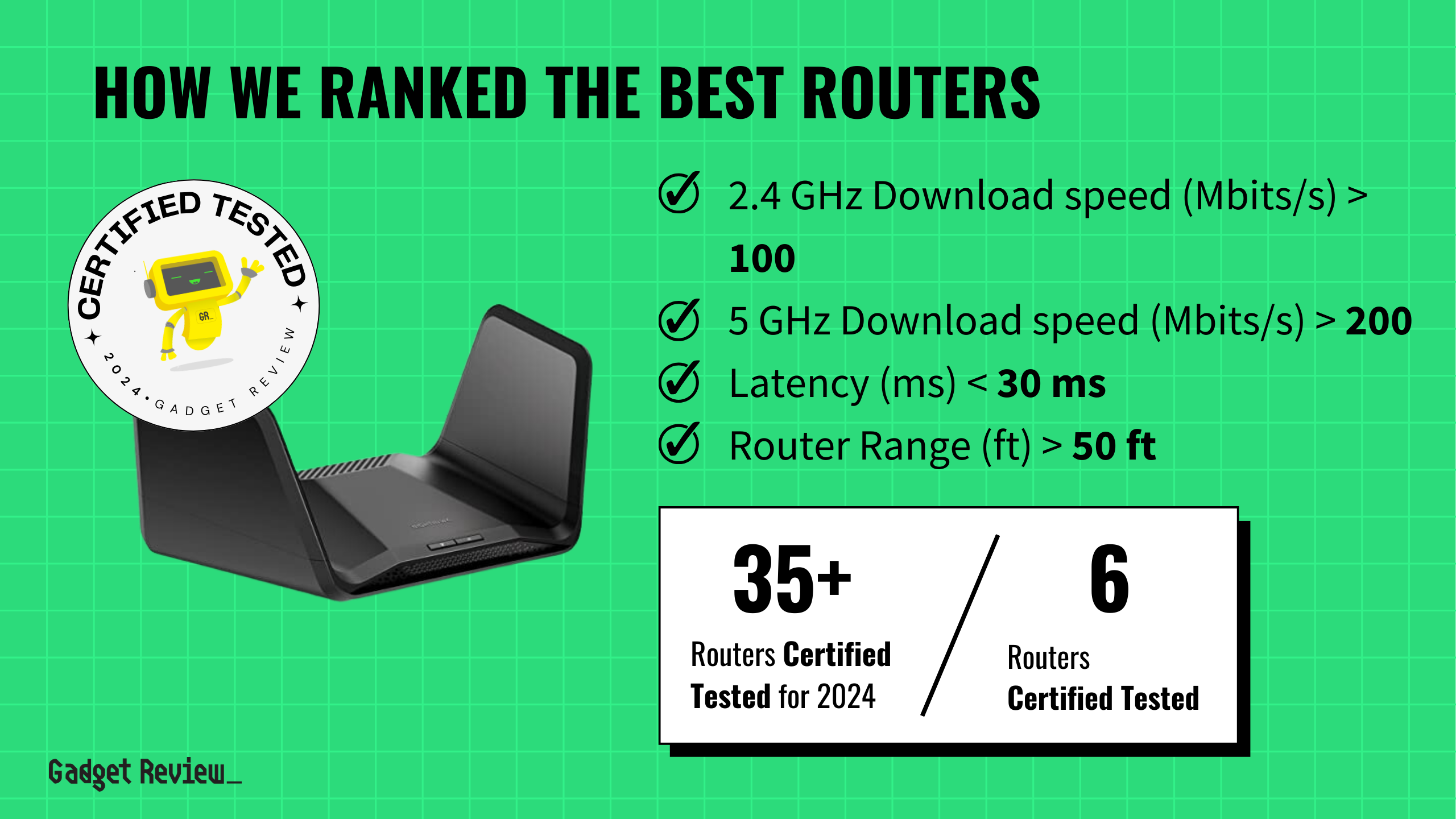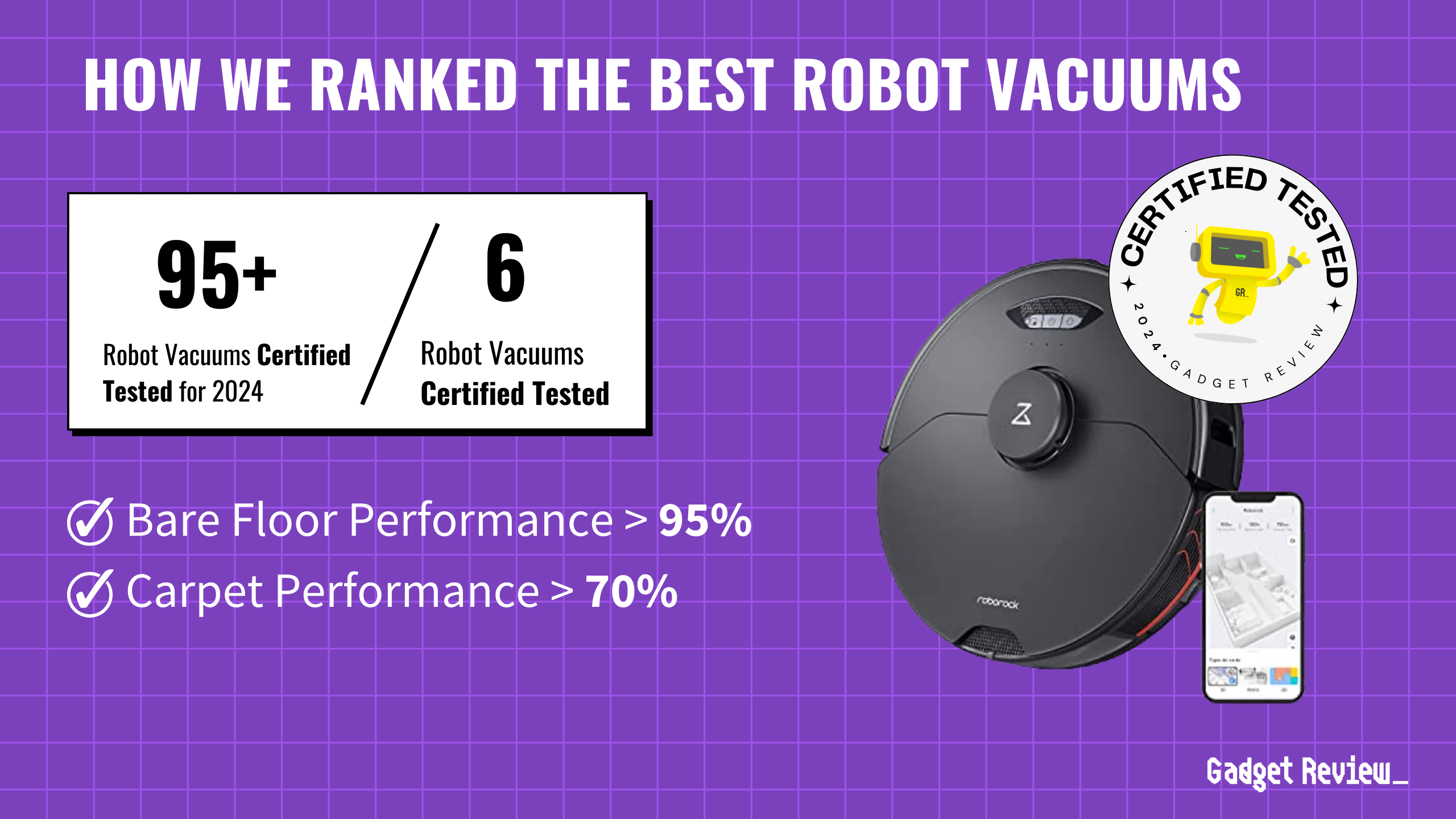Google just signed the first U.S. utility agreement for next-generation nuclear power, partnering with Kairos Power and Tennessee Valley Authority to build an advanced reactor at Oak Ridge. The 50-megawatt facility will supply round-the-clock carbon-free energy to Google data centers starting in 2030, addressing AI’s voracious appetite for reliable electricity that makes previous digital infrastructure look quaint by comparison.
Beyond Traditional Nuclear Technology
This isn’t your grandfather’s nuclear plant. The KP-HFR reactor uses molten fluoride salt coolant and ceramic TRISO pebble fuel, operating at low pressure to eliminate the core material expulsion risks that plague traditional water-cooled reactors.
The design received the first NRC approval for Generation IV nuclear technology in over 50 years. This positions it as cost-competitive with natural gas while delivering the always-on power that AI workloads demand.
The AI Energy Crunch Drives Innovation
AI operations consume electricity at rates that dwarf traditional computing needs—imagine powering a small city just to keep your favorite chatbot running. Google’s data centers supporting AI operations require stable, high-volume power that traditional energy sources struggle to match reliably.
Energy Secretary Chris Wright emphasized that “deployment of advanced nuclear reactors is essential to U.S. AI dominance and energy leadership,” according to the announcement. The Oak Ridge project directly addresses this intersection of technological advancement and energy infrastructure.
Market Precedent With Massive Implications
This deal represents more than Google securing clean energy—it’s a guaranteed customer base that makes advanced nuclear commercially viable. TVA’s participation establishes a utility precedent for corporate nuclear power purchase agreements, while Google’s commitment extends to 500 MW of capacity by 2035.
The arrangement follows Kairos Power’s demonstration reactor timeline, with the Hermes facility operating by 2027 before commercial deployment begins.
The Bigger Picture for Tech Infrastructure
If Google’s Oak Ridge gambit works, expect other tech giants to follow suit. The project showcases how next-generation nuclear can directly serve high-tech infrastructure needs while supporting broader grid decarbonization.
Amanda Peterson Corio from Google noted the partnership “accelerates the deployment of innovative nuclear technologies and helps support the needs of our growing digital economy.” The real test comes when these advanced reactors prove themselves at commercial scale—something no U.S. facility has achieved yet.









